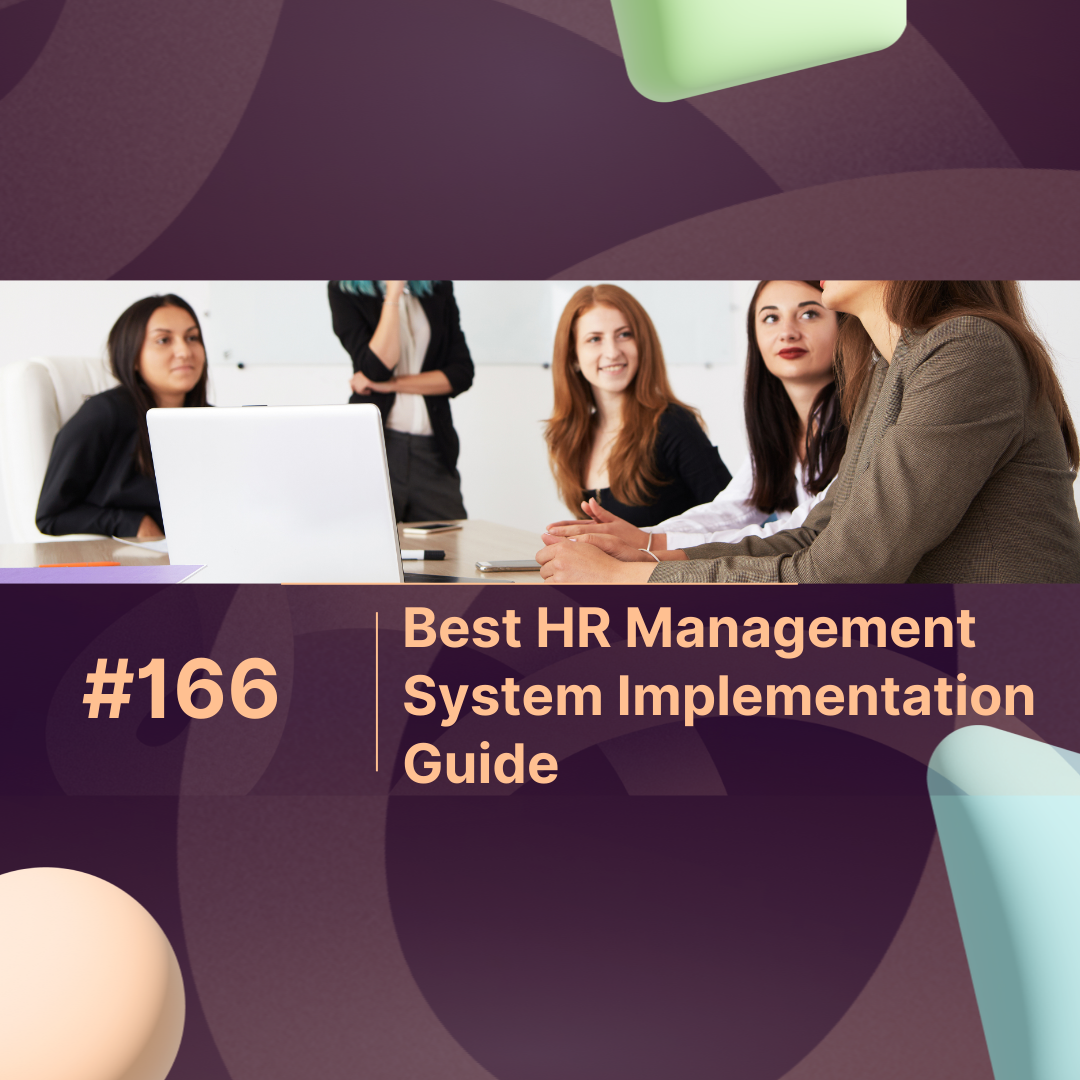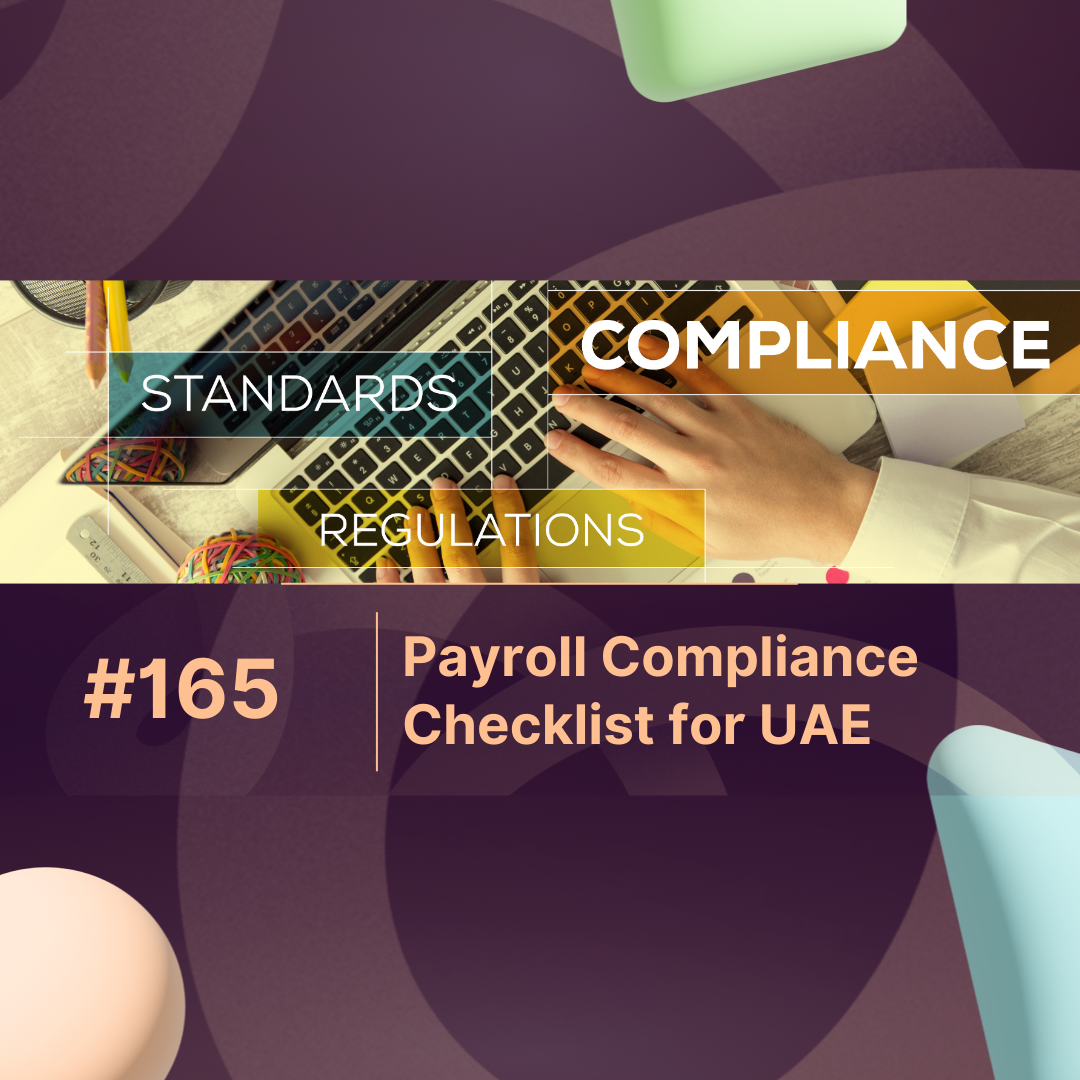Overview
As workplaces evolve in 2025, leveraging Employee Engagement Data has become a strategic necessity—not just for improving morale, but for predicting when and why top talent might walk out the door. This blog explores how HR leaders can turn engagement metrics into predictive insights that reduce attrition and boost retention using smart data practices.
What Is Employee Engagement Data?
Employee Engagement Data refers to quantitative and qualitative metrics that capture how emotionally and cognitively committed employees are to their roles and organizations. It includes surveys, feedback scores, eNPS (Employee Net Promoter Score), absenteeism rates, and more.
Top Metrics Used in Engagement Tracking:
| Metric Type | Examples | Predictive Signal for Attrition? |
|---|---|---|
| Survey Scores | eNPS, Likert-scale satisfaction ratings | Strong |
| Behavioral Data | Absenteeism, log-in frequency, overtime hours | Moderate |
| Feedback Trends | Sentiment analysis from open-text responses | High |
| Recognition Data | Peer-to-peer kudos, award frequency | Moderate |
| Career Progression | Internal mobility, promotion wait times | High |
How Does Employee Engagement Data Help Predict Attrition?
In 2025, data analytics tools have made it easier than ever to connect the dots between disengagement and resignation risk. Here’s how:
1. Pattern Detection Through AI Tools
Modern HR platforms (like Qualtrics, Lattice, or MaxHR) use machine learning to identify hidden correlations between declining engagement and turnover spikes. For example, a drop in eNPS combined with increased sick days can signal a 32% higher risk of attrition.
2. Sentiment Analysis
Natural language processing can scan open-ended feedback for early signs of dissatisfaction. Phrases like “lack of growth” or “feeling undervalued” are flagged as risk indicators.
3. Attrition Risk Scoring
Predictive dashboards assign scores based on engagement data. An employee with low survey participation, poor peer reviews, and static career progression may score an “8/10” on an attrition risk scale.
Key Benefits of Predictive Engagement Analytics
-
Proactive Retention: Spot risks early and intervene with mentorship, internal mobility, or recognition programs.
-
Personalized Interventions: Tailor retention strategies to individuals—not generic incentives.
-
Cost Savings: Reducing attrition by even 5% can save mid-size firms up to $1.5M annually in recruitment and lost productivity.
Implementation: How MaxHR Does It Right
MaxHR, a next-gen HR analytics platform, integrates engagement surveys, career development data, and exit trends into a real-time attrition prediction engine. With advanced dashboards and manager alerts, MaxHR users have reduced voluntary turnover by up to 28% year-over-year.
Smart tip: Instead of waiting for annual surveys, MaxHR pushes micro-pulse check-ins every month—resulting in 3x more predictive power over traditional HRIS tools.
Challenges and Ethical Considerations
While data can predict behavior, it’s vital to:
-
Maintain employee privacy by anonymizing datasets.
-
Use prediction responsibly, not punitively.
-
Balance insights with human judgment.
Conclusion
Using Employee Engagement Data to predict attrition isn’t just futuristic it’s essential in 2025’s data-driven workplaces. The key is pairing behavioral insights with AI tools that deliver actionable retention strategies. Platforms like MaxHR are leading the way with smarter, ethical, and more accurate attrition prediction systems.
Want to future-proof your workforce and boost retention? MaxHR offers intuitive tools to help HR leaders act—not react.
FAQs
What tools help analyze employee engagement data in 2025?
Platforms like MaxHR, Culture Amp, and Peakon use AI to interpret engagement data and predict attrition risks.
How often should engagement data be collected?
Monthly pulse surveys offer better predictive insights than annual reviews.
What’s the average attrition rate in 2025?
Across industries, it ranges between 12–18%, but high-growth tech firms may exceed 20% if engagement is low.
How accurate is engagement-based attrition prediction?
With high-quality data and AI tools, prediction accuracy can reach 70–85%, especially when combined with behavioral signals.
Can predictive tools replace HR judgment?
No, data should inform decisions, not make them. Human oversight is essential.



